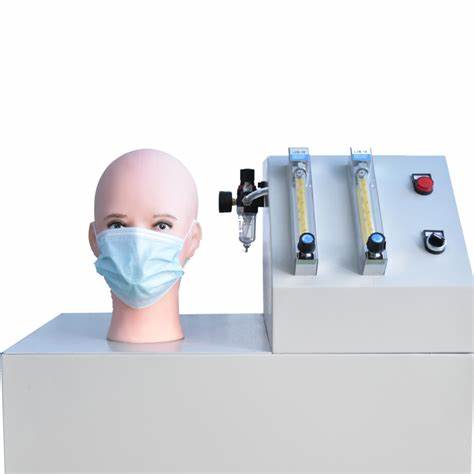
NewsInformation Center
What diseases can a respiratory resistance tester be used to detect?
2023/07/03
A respiratory resistance tester is a non-invasive medical device that can be used to detect and evaluate a variety of diseases related to the respiratory system. Here are some common applications of the respiratory resistance tester
1、Bronchial asthma
Bronchial asthma is a chronic inflammatory disease of the respiratory tract characterized by constriction and narrowing of the airways, resulting in difficulty breathing and wheezing sounds. It can measure the resistance and flow of the airways to determine the degree of bronchial asthma in patients and help doctors develop appropriate treatment plans.

2、Chronic obstructive pulmonary disease (COPD)
COPD is a group of chronic lung diseases caused by the inhalation of harmful gases and particles, including chronic bronchitis and emphysema. It can detect the patient's airway resistance and flow, as well as the degree of impairment in lung function, thus helping doctors diagnose COPD and assess the severity of the condition.
3、Pulmonary hypertension
Pulmonary hypertension is a rare but dangerous cardiovascular disease characterized by abnormally high blood pressure in the pulmonary arteries. It can be used to assess a patient's lung function and cardiovascular health by measuring their maximum inspiratory flow and spirometry, as well as calculating other parameters associated with pulmonary hypertension.
4、Pulmonary fibrosis
Pulmonary fibrosis is a chronic lung disease characterized by damage, healing and fibrosis of the lung tissue, leading to symptoms such as breathlessness and coughing. It tests a patient's lung function and airway resistance to help doctors diagnose pulmonary fibrosis and determine treatment options.
5. Interstitial lung disease (ILD)
Interstitial lung diseases are a group of rare lung diseases characterized by irreversible damage and inflammation of the alveolar wall and interstitial tissue. It can test a patient's lung function and degree of airflow obstruction to help physicians diagnose ILD and assess the severity of the condition.
In addition, the respiratory resistance tester can be used to detect other respiratory-related diseases such as lung cancer, pulmonary embolism and sleep apnea. Overall, it is an effective diagnostic aid to help physicians make accurate diagnosis and treatment of respiratory diseases.
Previous: Cutting resistance test procedure in ASTM F1790-05
N e x t : The structure and characteristics of UV weathering tester



